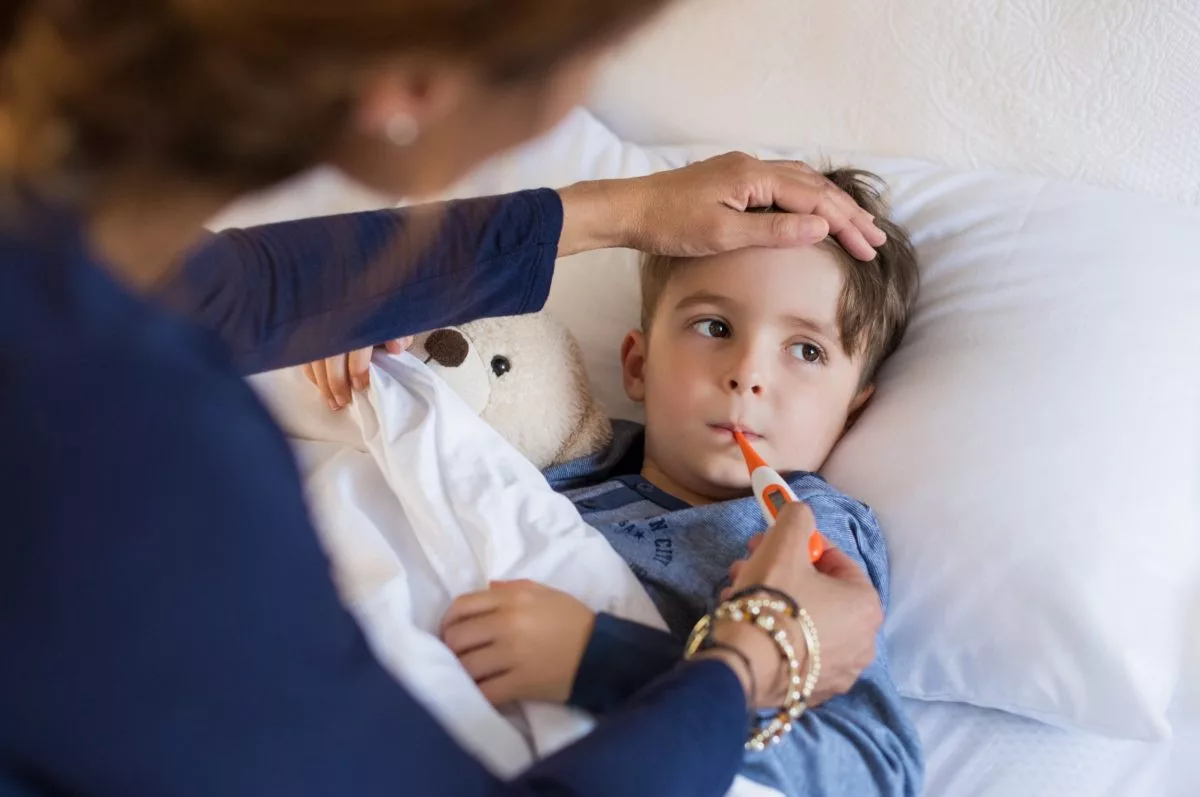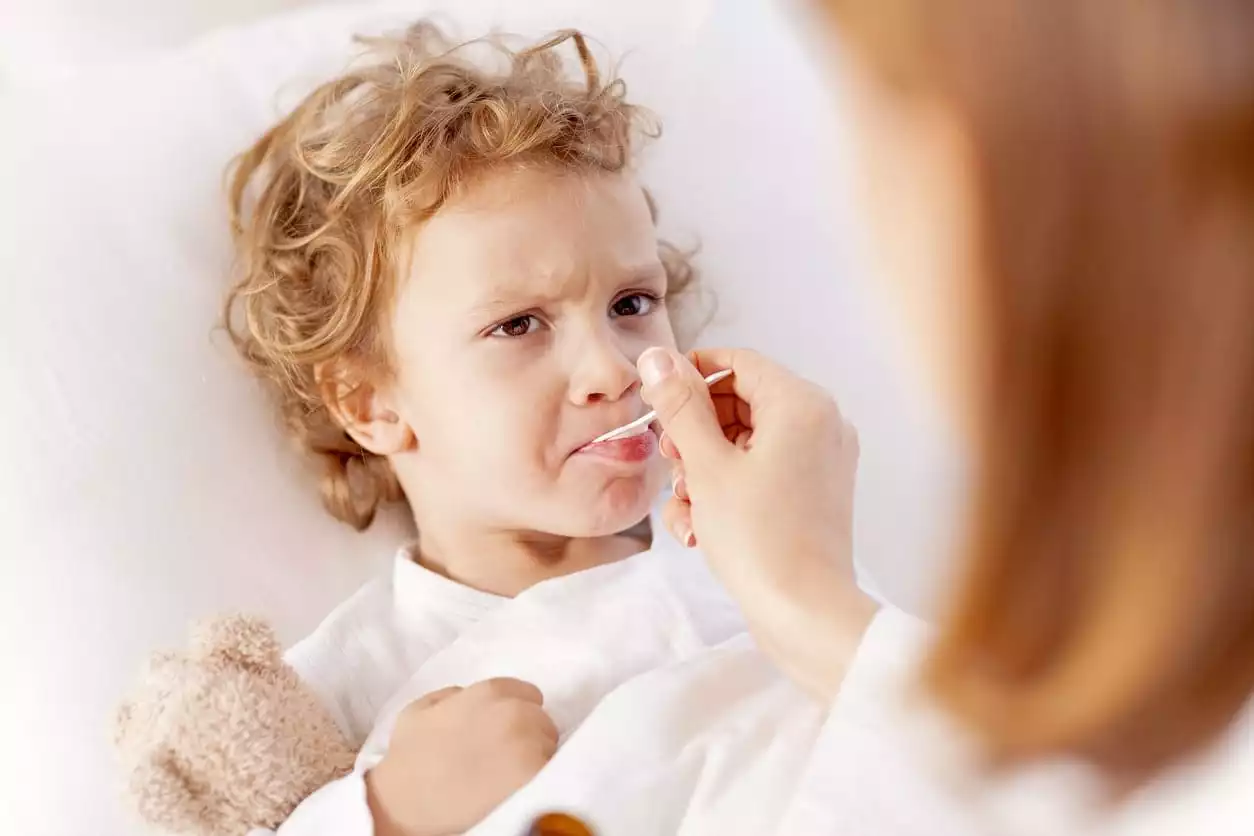
Children’s medicine is supposed to help your little ones, but there’s important (and potentially dangerous) things to consider about pediatric medication dosing.
There is nothing quite as awful as being the parent of a child who isn’t feeling well. But that’s exactly what happens to hundreds of parents every single year. Unfortunately, finding the right treatment isn’t always easy. After all, fewer drugs are commercially formulated specifically for little ones in the first place.
The problem lies in the fact that pharmacists calculate most medication dosages by weight. This is often expressed as milligrams or milliliters per kilogram.
The United States mostly relies on the pound, not the kilogram, so parents may struggle to understand the right measurement or dose.
To end the confusion, sometimes what is needed most is a little bit of guidance.
In this post, you’ll learn about common pediatric medication dosing and which options you have for helping your child get well.
Common Pediatric Medications
While children may need a variety of medications at any given time, some medications are more common than others. Some of the most common include, but aren’t limited to:
- Antibiotics such as Amoxicillin or Zithromax. Both are available in generic formats (amoxicillin and azithromycin). Physicians prescribe them to treat strep throat, pneumonia, sinus infections, and ear infections.
- Albuterol is a bronchodilator used to treat asthma. It is available in many brand names, and can be used as an inhaler or as a solution for use with a nebulizer.
- Singulair is a longer-acting drug used to treat allergies and asthma. Physicians often prescribe it for symptoms that don’t respond to other drugs.
- Fluticasone is a common ingredient in nasal sprays like Flonase. It is also prescribed to patients with eczema, allergies, and asthma.
- Prednisone is a steroid drug. It is available for adults and children in a variety of soses. Physicians often prescribe it as a liquid to treat asthma, croup, and other disorders that respond well to steroids.
- Nystatin is an antifungal medication commonly prescribed for yeast infections. This includes fungal diaper rashes and oral thrush.
Children with more severe conditions, such as cancer or chronic illnesses, may also be on chemotherapy or opioid-based pain medications.
These drugs are sometimes necessary, but can carry very high risks for side effects. The riskier the drug, the more important it is to make sure a child is getting the correct dose at the right intervals.
Pediatric Medication Dosing Safety
Because of a child’s growing nature and small stature, pharmacies have quite a few protocols in place to ensure pediatric medication dosing safety.
As a matter of fact, more than 7,000 children go to the ER each year because of medication errors. Even in hospitals, medication errors are 3 times more common in children than they are in adults. This type of mistake is preventable.
Errors often come down to incorrect instructions or improper doses.
But there are also concerns about medication errors that occur in the home. When it comes to a child’s medications, parents need to dose medications precisely to ensure safety.
Most liquid medications come with syringes or droppers. If your medication doesn’t, ask your pharmacist to supply a dropper. They’re more accurate than a regular teaspoon or tablespoon, especially since people often use eating spoons.
Many of the medications used for adults aren’t available for children. If you’re feeling unsure about which OTC medications are safe to give your little one, call your doctor’s office. Or, call your local pharmacy and verify.
Never give your child someone else’s prescription.
Medicine Containing Mixed Drug Formulas
Many medications include a mix of drugs. For example, cold medications often contain fever reducers, decongestants, and cough suppressants.
If you give your child cold medication, you have to be careful to avoid giving an extra dose of fever reducer. Carefully check all labels to verify what drug is in each formula and in what dose.
What to Do When Children Protest Medication
It’s important to note that pediatric medication dosing safety also includes making sure a child is taking their medication despite protest.
OTC medications may be optional, but children should take prescription medication until they run out. The exception is when physicians discontinue the medicine for a specific reason.
Unfortunately, you might need to find ways to entice your children to take medications if they aren’t feeling keen.
Some parents find that giving them a special drink to wash the medication down works, while others find being firm and using logic (e.g., you will feel better) is best. Every child is different, so your strategies may be totally different!
Sometimes, children absolutely refuse medication despite a parent’s best efforts. Don’t throw in the towel! Compounding pharmacies can help.
How Compounding Pediatric Medications Can Help
Depending on your child’s condition, a compounding pharmacy may be able to help you find a solution. At the very least, your compounding pharmacy can alter the medication your child is taking so that it has a more palatable taste.
Unfortunately, those yummy grape flavors are not standard in all prescription medications!
Can’t get your child to swallow pills? No problem.
A good pediatric compounding pharmacy can find a different delivery method altogether. Some pharmacies turn pills into enjoyable gummies, lollipops, lozenges, or liquids. They can even take pills — like steroids or pain medications — and turn them into topical creams, gels, and patches.
Your pharmacist also has a role to play. Working with your doctor, he or she can mix medications together or make alterations that will help to reduce side effects or make taking medications easier.
Compounding is especially important if your child is allergic to soy, lactose, dairy, or gluten. Gluten is a common binder, but is not typically in medication ingredients.
Sometimes, patients need casein and gluten-free diets. This diet prescription benefits allergies and other treatment protocols for different health conditions. In fact, many infant products contain soy, so having soy-free alternatives is critical.
1. Removing Undesired Elements
Don’t want to stuff your little one full of sugary syrups? We understand.
Too much sugar is a bad thing, even in medication, although in most cases taking the medication is more important. The good news here is your compounding pharmacist can use sugar-free sweeteners when making lollipops, gummies, or flavorings.
The removal of ingredients that aren’t well tolerated by your children (or desired by parents) helps to reduce side effects, creating a safer overall experience.
2. Making Child-Size Doses
Compounding pharmacists are also fantastic at reworking medications only produced in adult formulations. They can turn them into child-sized doses or even customize the dose for better treatment outcomes.
This includes customizing safer, lower-strength doses for your child, regardless of the format.
Conclusion
Pediatric medication dosing has many aspects that a parent must consider. But we can help.
Never give your child a medication you are uncomfortable with or unsure of. Call your pediatrician for guidance; be persistent if you aren’t getting return calls or have concerns about your child’s symptoms.
Have a question about a medication or dosage? Feel free to reach out to your pharmacist.
They can help with assessing dosage issues, guidance on medications, drug interactions and side effects. Your pharmacist may even be able to help you get in touch with your doctor’s office if there is a question or issue with a drug.

 info@burtsrx.com
info@burtsrx.com

